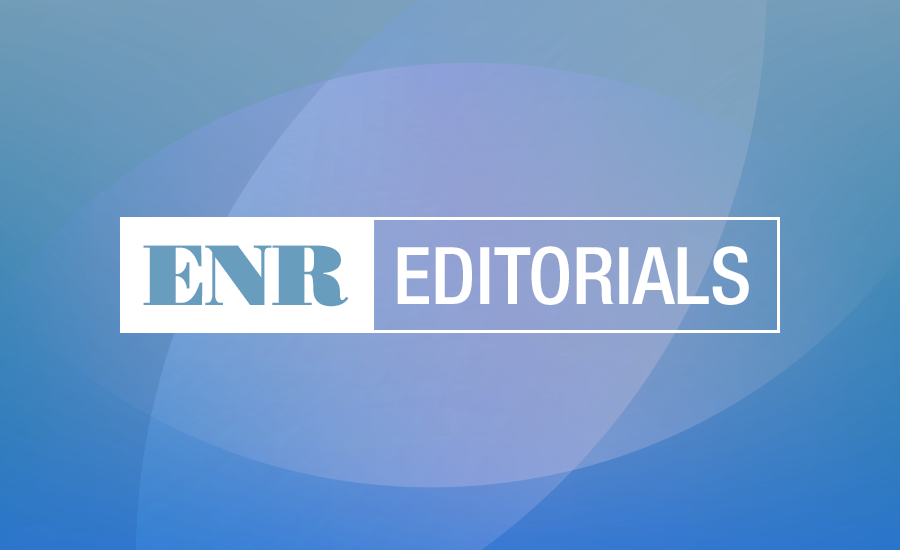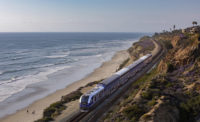There is something important happening in Oregon, Washington and Colorado that deserves serious attention from the new Transportation secretary and Congress. This year, several thousand drivers in those states will participate in test-pilot programs for mileage-based user fees (ENR 11/28/16 p. 10). The hope of these pilot programs is that, one day, the nation’s transportation infrastructure will be able to draw on an equitably collected financial resource to pay for highways and bridges—and only highways and bridges. That money could first add to, and then replace, shrinking gas taxes collected for the Highway Trust Fund.
Under a mileage-based user-fee system, drivers pay a fee for the miles they travel, rather than set a per-gallon tax paid at the gas pump. Several million dollars in the existing highway bill were set aside for such programs, but more will be needed as there are big challenges in instituting the data and payment systems. But have no doubt, the ability to implement such systems, using cell phones, GPS or other technologies, and make payment simple already exists. A bigger challenge is how states will standardize their systems to provide a seamless experience for those who drive across state lines. But the U.S. DOT can help there.
The objections are well known. More data and more tracking equal Big Government—except that measures now have been devised to protect privacy. Gas taxes incentivize cuts in gasoline use, an important goal—except that gas consumption is going to continue to decline anyway. And, of course, there will be winners and losers under a mileage-based user fee, as there are with the gas tax and any other method.
There has been plenty of talk about how to pay for an infrastructure program without piling more debt on the federal balance sheet. P3s can’t be counted on for projects without toll or other dedicated revenue sources. Further, the idea of tax credits for infrastructure projects seems to be based on a privatization model, the details of which have not been ironed out.
The long-term health of America’s highway system depends on a distinction between a user fee and a tax.
There’s one important thing for adopters of such fees to keep in mind: The fees must be used for only highway improvements. Some envision the approach as a type of mileage tax in which the way a vehicle is powered or the number of passengers carried is factored into the final charge. Robert Poole, transportation policy director at the Reason Foundation, says such an approach would be like taxing electric utility bills, conflating taxes with user charges. The long-term health of the U.S. highway system depends on a clear distinction, so highway users don’t pay for “everything remotely related to surface transportation,” says Poole.
Even as gas use declines, the national odometer keeps on spinning: Americans drove a record 3.1 trillion miles in 2015. If we want a system that can continue to pay for bridges and roads and make U.S. infrastructure great again, a true mileage-based user fee is the only path to go down. With just minimal help from Congress, the states can lead us.


